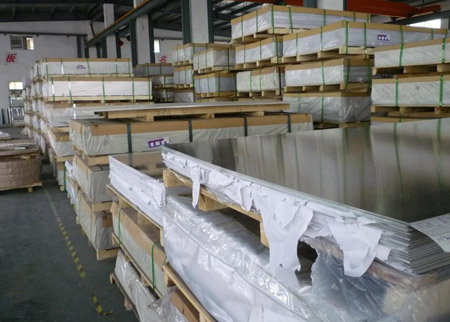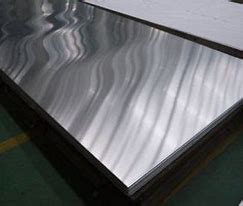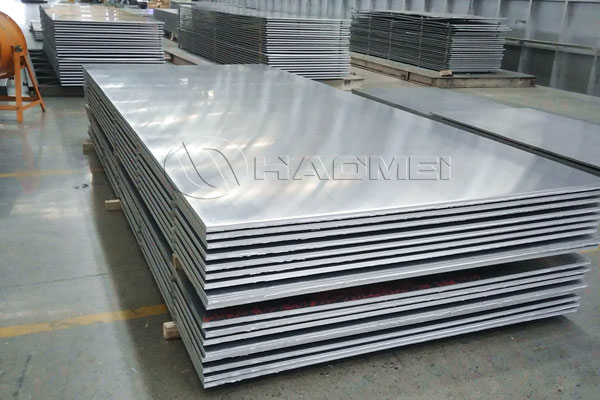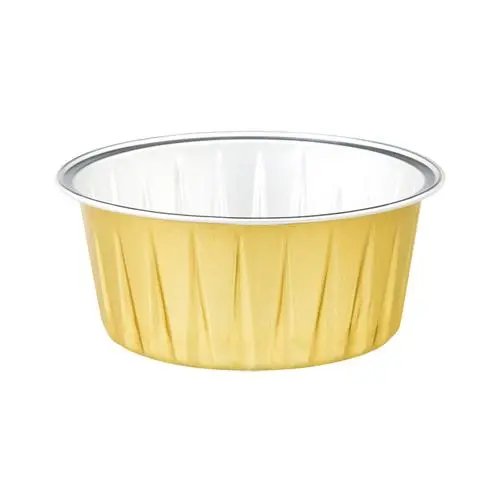



The residual stress relief method is based on the principle of using a portable, powerful exciter to produce one or more vibrations in the metal structure of aluminium alloys, thus producing the same elastic deformation as in mechanical loading, causing the residual stress in certain parts to exceed the yield stress of the material after superimposing the vibratory load and causing plastic strain, thus causing a reduction and redistribution of internal stress.
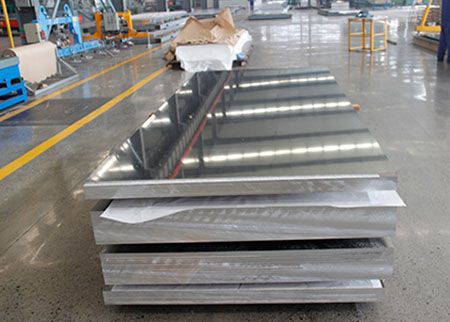
Existing studies have shown that when aluminium alloys are vibration relieved in the unstable state just after quenching (within 0-2 hours), the best results are achieved, with residual stresses reduced by up to 50-70%; if tested after 360 hours of quenching and vibration aging, residual stresses can only be eliminated by 10%-20%. Vibration stress relief (VSR) technology has high energy efficiency, simple and convenient process, strong applicability and other characteristics, no shape and size restrictions on the part, especially for large and complex structural parts, is a very promising process method. In addition, the aluminium alloy components after vibration aging have good dimensional stability and are less likely to produce processing deformation in subsequent mechanical processing. However, the mechanism of the vibration ageing process is still inadequate and the suitability of its application to aluminium alloy structural parts is controversial at home and abroad.
In addition to the above methods, new techniques have emerged in recent years, such as deformation heat treatment and pulsed magnetic treatment (PMT), but the processes are not yet mature. To summarise the literature on the effectiveness of the residual stress relieving process at home and abroad in recent years, the existing residual stress relieving technology for aluminium alloy structural forging billets, mechanical tension (compression) method can reach about 90%, the shortcomings are the simple shape of the required parts, high requirements for the composition of the billet material and tissue uniformity, narrow scope of application. Constant temperature aging method 10 ~ 35%; vibration elimination method 20-70%; deep cold treatment method 25% ~ 83%. Therefore, the existing technology and methods are not yet able to fundamentally eliminate the residual stress in the forging billets of aluminium alloy structural parts.
* Thank you for your inquiry. Please provide your business needs information so that we can better serve you.
This information can help us assign the most suitable person to solve your problem. We will give you feedback within 1-2 working days.
Related Blog
